The ancient Mayans were deeply influenced by the cosmos, fascinated by astronomical cycles, and renowned for creating precise calendars, per HISTORY. Their poetic codices have puzzled archaeologists for decades. Despite their accomplishments, rumors on social media claimed that the Mayans predicted doomsday on December 21, 2012. This misinformation caused global panic, prompting government intervention to reassure the public.

The ancient Mayans' calendars were based on two primary systems: the Haab, a 365-day calendar, and the Tzolkin, a 260-day calendar, per IFL Science. These systems aligned every 52 years. Additionally, the Mayans developed the Long Count calendar, which spanned 5,126 years and was divided into 13 segments of approximately 394 years, called Bak’tuns. The current Long Count began on August 11, 3114 BCE, meaning December 21, 2012, marked the end of the 13th Bak’tun.

In 1987, author Jose Arguelles published a book misinterpreting the Mayan calendar, suggesting the end of the Long Count calendar signaled the end of time. This inaccurate claim fueled rumors and gossip, leading many to believe an apocalypse was imminent.
As December 21, 2012, approached, global anxiety escalated, prompting officials to intervene, according to BBC News. In Russia, the Minister of Emergency Situations urged calm, while some people in France flocked to a local mountain, believing an alien spaceship would rescue them.
In May 2012, archaeologists in Xultun, Guatemala, unearthed the oldest and most complete Mayan astronomical tables ever discovered. These calendars mentioned a period at least 7,000 years long into the future, indicating that the Maya didn’t stop the counting of days in 2012. "There's no real prophecy that says this is going to be the end of the world," said Christopher Powell, an archeologist who studies Mayan culture, per ABC News, "not from the Mayan ruins, anyway." The Armageddon didn’t arrive, and over all these years, experts have debunked this myth. They say that the Mayans never predicted the end of the world. It was all just hearsay.

"This text talks about ancient political history rather than prophecy," Marcello Canuto, the director of Tulane University Middle America Research Institute, told Live Science. "This new evidence suggests that the 13 bak'tun date was an important calendrical event that would have been celebrated by the ancient Maya; however, they make no apocalyptic prophecies whatsoever regarding the date,” he clarified the myth.
Added to this, scholar David Stuart wrote in the preface to his 2011 book, “The Order of Days: the Maya and the Truth about 2012,” that "it's all complete nonsense," referring to the false prophecy, as per CBC News. In another book on the Maya, “The Code of Kings,” Linda Schele and Peter Mathews mentioned, "The world-ending myth is a modern 'prophecy' that has no basis in the ancient Maya texts.”
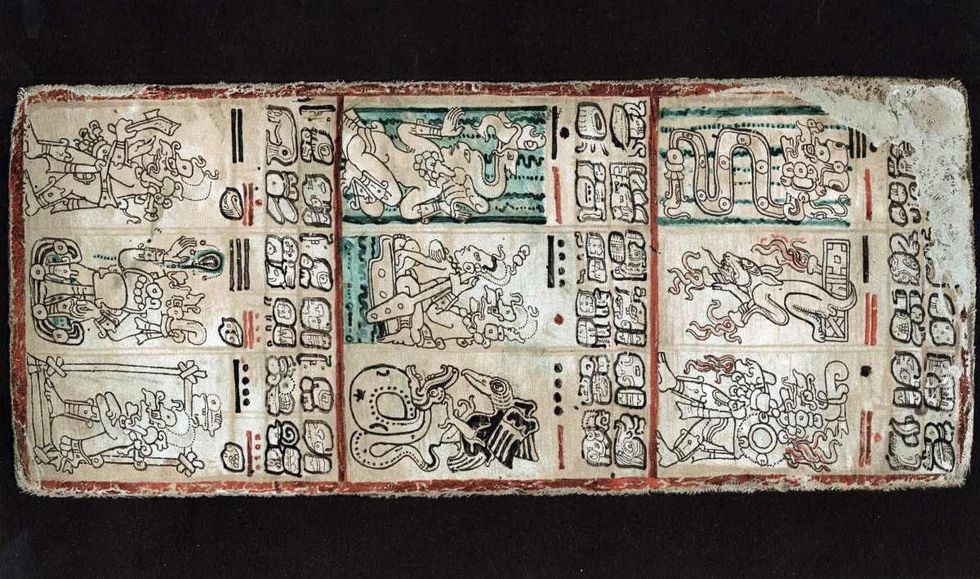
Like these experts, several others have provided their own explanations and clarifications of the fact that there really is no evidence that suggests that Mayans made the doomsday prophecy. This, according to them, is a result of social media conspiracies and rumors.
University of Florida anthropologist Susan Gillespie told USA Today that the 2012 prediction partly stemmed "from media and from other people making use of the Maya past to fulfill agendas that are really their own." But the truth remains that these people didn’t make any such prediction. "We have no record or knowledge that they would think the world would come to an end at that point," said Susan Milbrath, a Maya archaeoastronomer and a curator at the Florida Museum of Natural History.














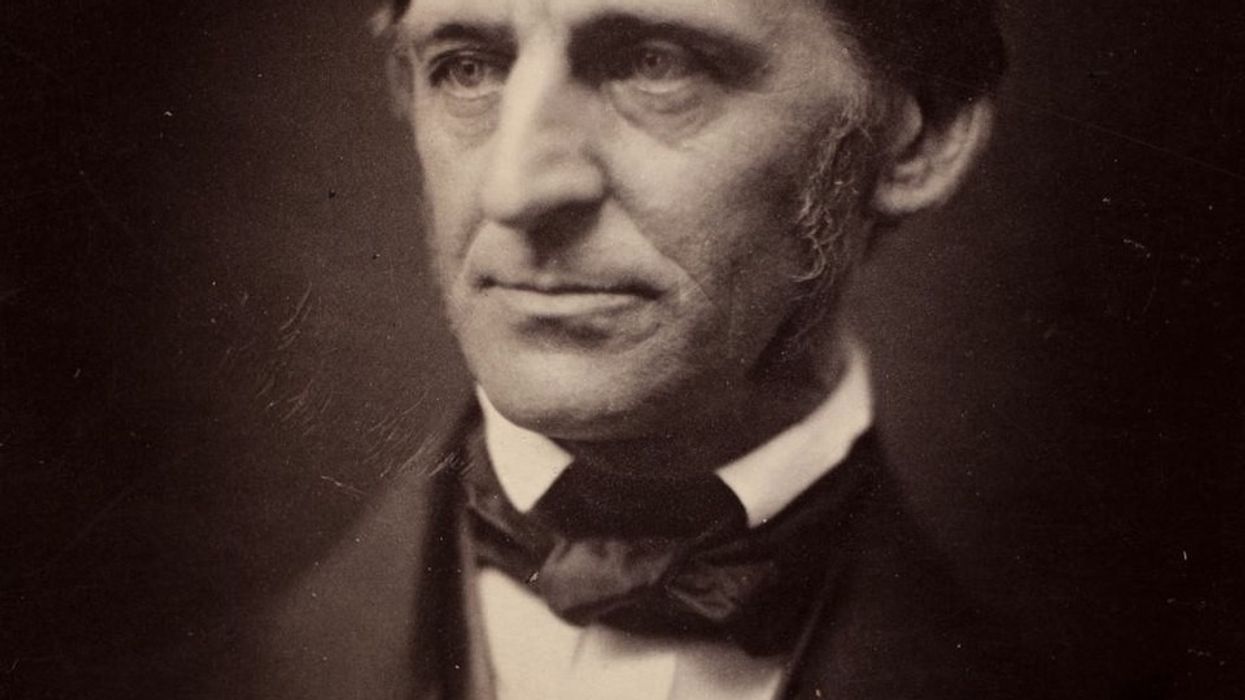



 Pictured: The newspaper ad announcing Taco Bell's purchase of the Liberty Bell.Photo credit: @lateralus1665
Pictured: The newspaper ad announcing Taco Bell's purchase of the Liberty Bell.Photo credit: @lateralus1665 One of the later announcements of the fake "Washing of the Lions" events.Photo credit: Wikimedia Commons
One of the later announcements of the fake "Washing of the Lions" events.Photo credit: Wikimedia Commons This prank went a little too far...Photo credit: Canva
This prank went a little too far...Photo credit: Canva The smoky prank that was confused for an actual volcanic eruption.Photo credit: Harold Wahlman
The smoky prank that was confused for an actual volcanic eruption.Photo credit: Harold Wahlman
 Packhorse librarians ready to start delivering books.
Packhorse librarians ready to start delivering books. Pack Horse Library Project - Wikipedia
Pack Horse Library Project - Wikipedia Packhorse librarian reading to a man.
Packhorse librarian reading to a man.
 Fichier:Uxbridge Center, 1839.png — Wikipédia
Fichier:Uxbridge Center, 1839.png — Wikipédia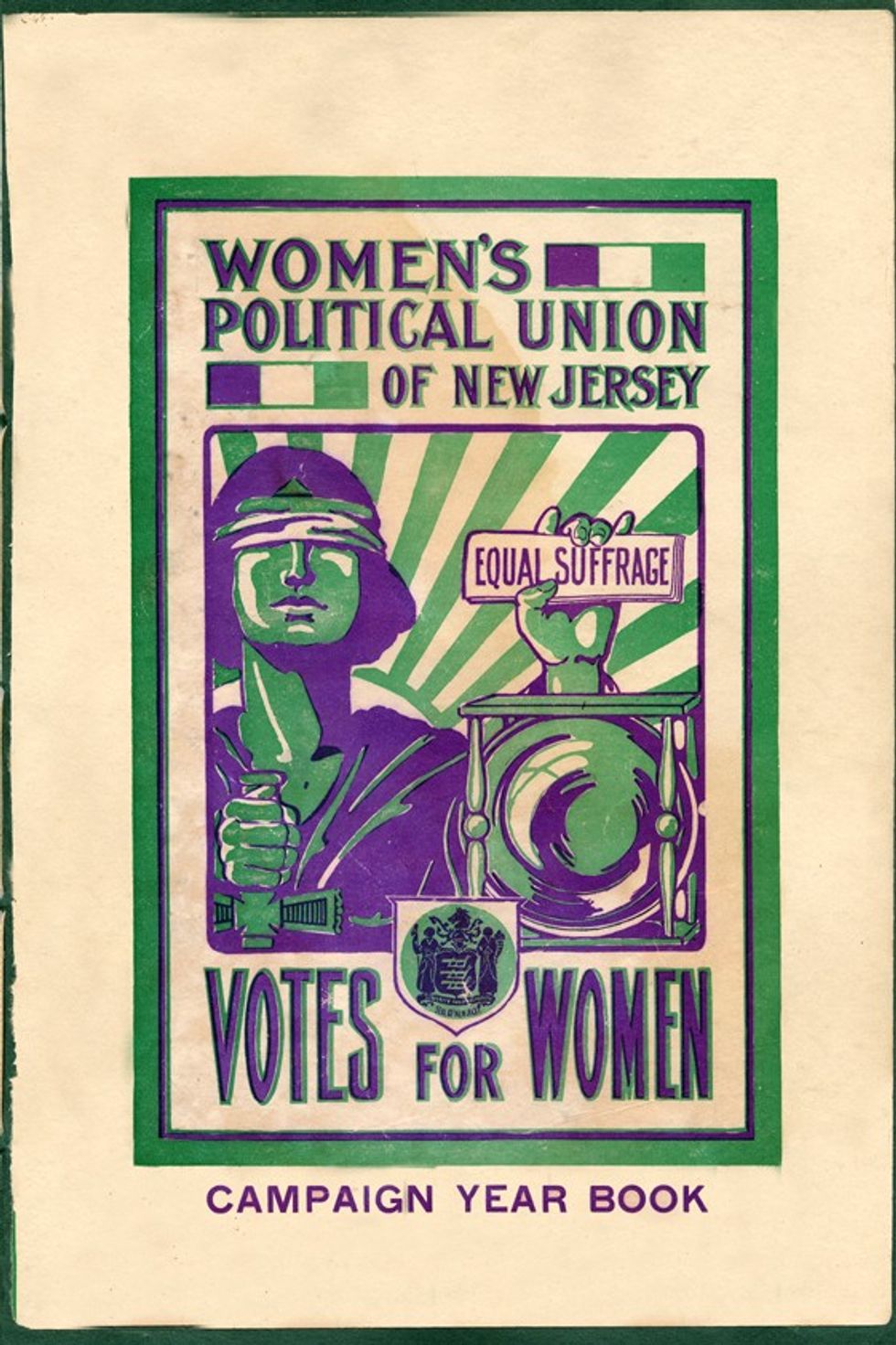 File:Women's Political Union of New Jersey.jpg - Wikimedia Commons
File:Women's Political Union of New Jersey.jpg - Wikimedia Commons File:Liliuokalani, photograph by Prince, of Washington (cropped ...
File:Liliuokalani, photograph by Prince, of Washington (cropped ...
 Theresa Malkiel
commons.wikimedia.org
Theresa Malkiel
commons.wikimedia.org
 Six Shirtwaist Strike women in 1909
Six Shirtwaist Strike women in 1909
 U.S. First Lady Jackie Kennedy arriving in Palm Beach | Flickr
U.S. First Lady Jackie Kennedy arriving in Palm Beach | Flickr
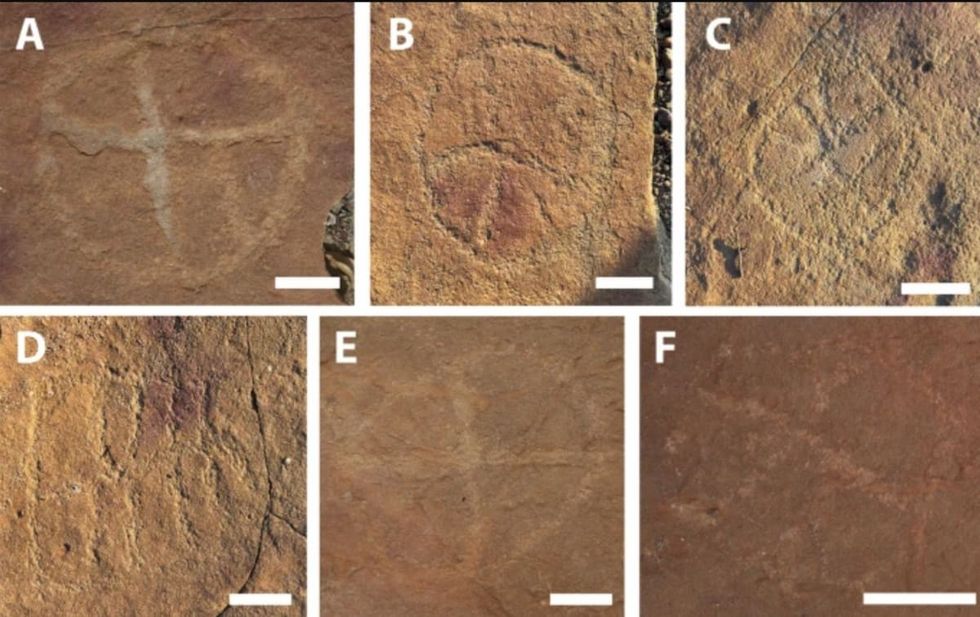 Image Source:
Image Source:  Image Source:
Image Source: 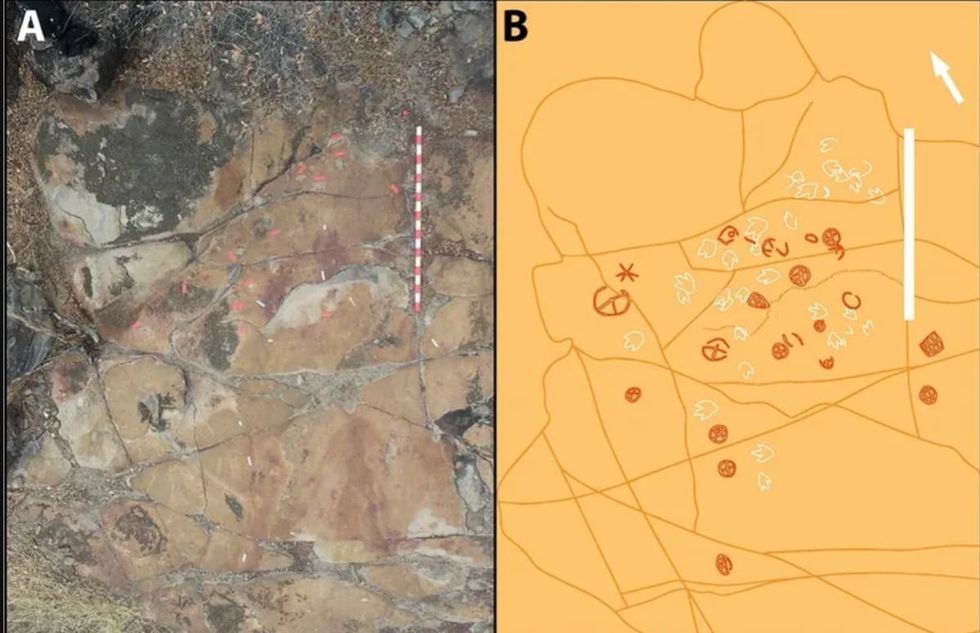 Image Source:
Image Source: 